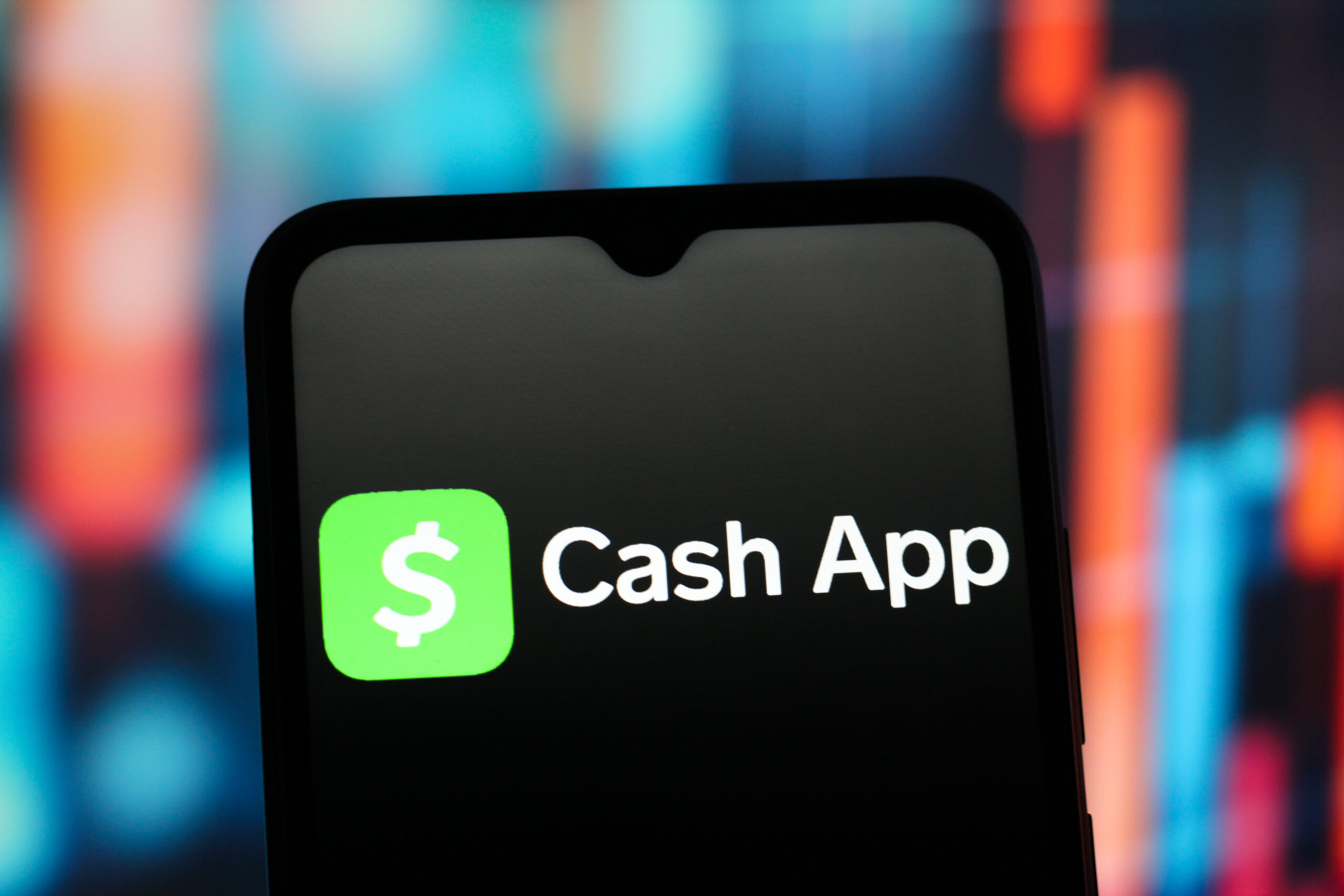Block Stock Pops in S&P 500 Debut
Block’s membership in the index comes as it transitions into an all-in-one finance platform that offers debit cards and loans to clients.

Sign up for smart news, insights, and analysis on the biggest financial stories of the day.
On Monday, Jack Dorsey’s sprawling fintech empire Block became the new kid on the block at the S&P 500, taking a spot left vacant by Hess’s merger with Chevron.
Its membership in the elite index comes as the company transitions into an all-in-one finance platform, though its ambitions may belie a slightly more complicated reality.
Don’t Be a Square
Block has been a rather ubiquitous part of the payments ecosystem for a while now, from powering morning coffee purchases via Square’s payment systems to helping friends split the bill of said morning coffee purchases via the peer-to-peer payments platform CashApp. The company also has a buy now, pay later service called Afterpay, for the installment-inclined and plenty of crypto functionality for the blockchain-inclined. More recently, however, the company has begun pushing into every corner of personal finance, with moves such as offering CashApp debit cards and, after receiving FDIC approval earlier this year, offering loans directly through Cash App.
Taking a spot in the S&P 500 is a stamp of approval and legitimacy for the fintech firm. But the problem with offering typical financial services outside of the traditional finance world? It tends to attract clients with less cash to spare who are, consequently, more vulnerable to economic challenges, as evidenced by the company’s most recent earnings report in May:
- In its earnings call, Block reported revenue of $5.8 billion in the first quarter of the year, well below analysts’ expectations of about $6.2 billion and marking a 3% year-over-year decrease. The company also announced weaker-than-expected full-year profit guidance.
- The dip was largely due to lower-than-expected payment volumes across its Square and CashApp ecosystems, particularly in discretionary spending categories such as media and travel.
The dour results stood in stark contrast to those of more traditional firms in the payments sector, including both major banks and prominent credit card companies, whose customers have proven resilient this year. “[Block] saw softness in discretionary,” Adam Frisch, senior managing director at Evercore ISI, told Bloomberg after the earnings report. “That is the first time we heard that on any earnings call this quarter.”
On the Chopping Block: May’s poor showing fueled a brutal 20% share-price skid, on top of a 30% year-to-date drop before the call. Monday’s S&P debut helped reverse the trend somewhat, with Block’s stock popping roughly 7% before market close (it’s still down around 10% year to date). Meanwhile, some point to increased lending as adding complexity and risk to the company’s business, given its client base. “If we’re going into a downturn lending to a consumer cohort that makes less than $100,000 on average, that’s not a great way to resuscitate your earnings,” Frisch told Bloomberg.











